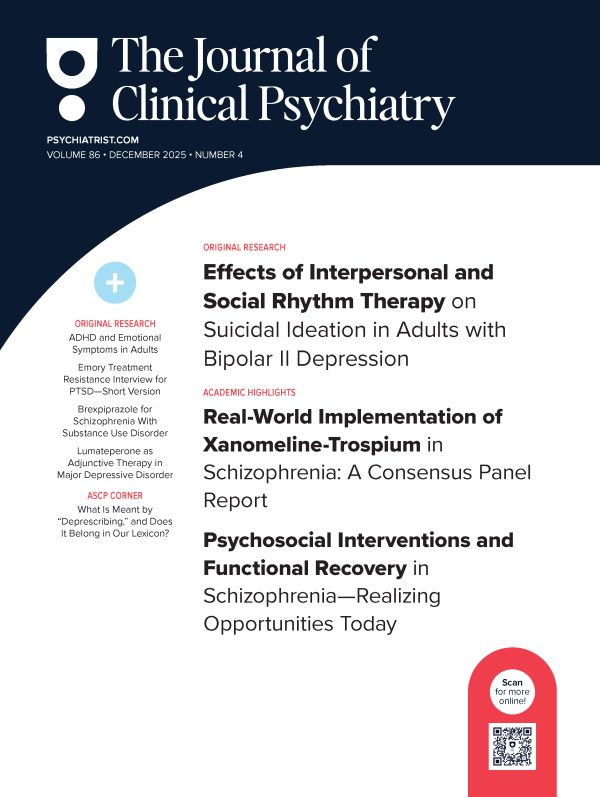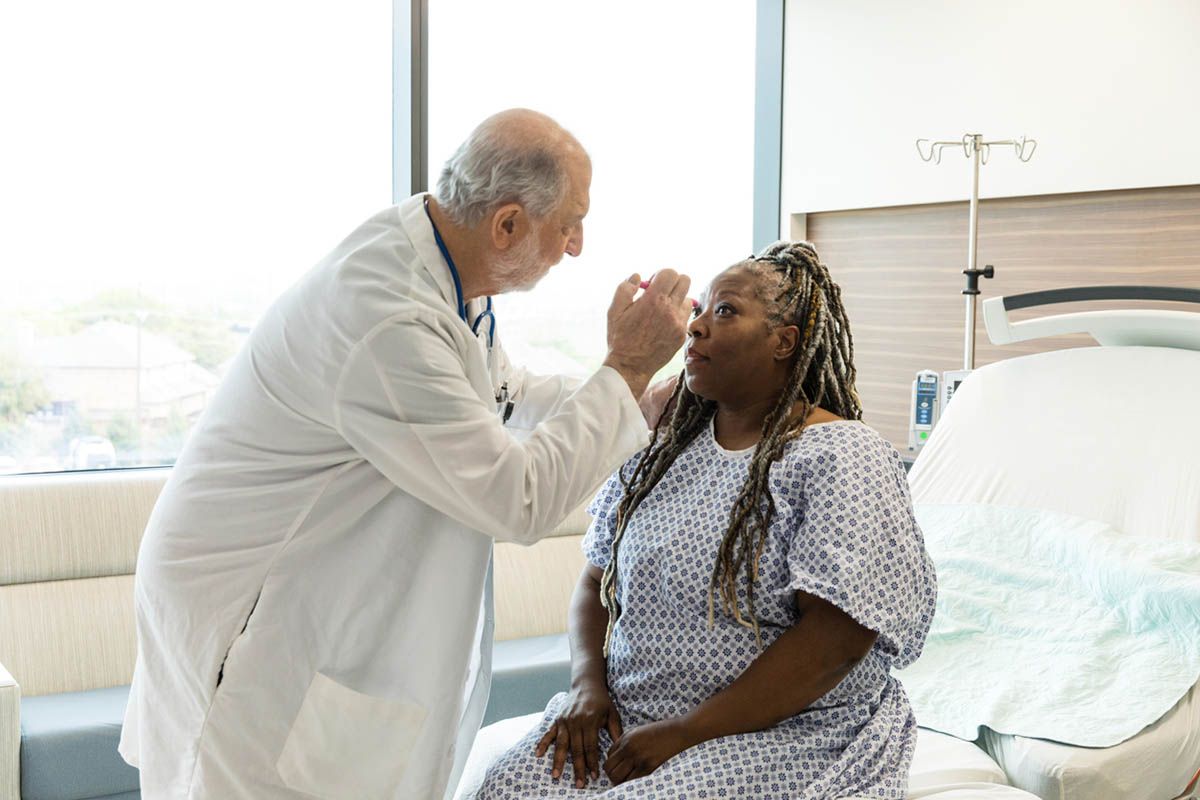Objective: The quantity, content, and intensity of the obsessions and compulsions of women with postpartum onset major depressive disorder were compared with those of women with major depressive disorder with non-postpartum onset.
Method:Sequential cases of women with postpartum onset major depression (N = 37) and major depression (N = 28) who presented to our Women’s Mood Disorders program were included. Psychiatric examination using DSM-IV criteria and the Inventory to Diagnose Depression established the diagnosis of major depression. Obsessive thoughts and compulsions were reported on the Yale-Brown Obsessive Compulsive Scale and reviewed during the psychiatric examination. Comparisons between groups were performed with chi-square statistics, Fisher exact test and its extensions, and Mann-Whitney U test.
Results:Although more women with postpartum onset major depression (N = 21, 57%) than major depression (N = 10, 36%) reported obsessional thoughts, the difference between the groups was not significant (p = .13). However, for women who endorsed obsessions, those with postpartum onset had a higher median number (median = 7) than women without postpartum onset (median = 2, p = .00). Most of the difference in frequency of thoughts was owing to more women with postpartum onset major depression having aggressive thoughts (N = 20, 95%) than women with major depression (N = 6, 60%, Fisher exact p = .03). The most frequent content of the aggressive thoughts for women with postpartum onset major depression was causing harm to their newborns or infants. The presence or number of obsessional thoughts or compulsions was not related to severity of the depressive episode.
Conclusion: Childbearing-aged women commonly experience obsessional thoughts or compulsions in the context of major depressive episodes. Women with postpartum onset major depression experience disturbing aggressive obsessional thoughts more frequently than women with non-postpartum major depression.
Please sign in or purchase this PDF for $40.00.





